Among the challenges growers face, the reduction in peat use certainly gives more than one headache. Reducing the peat content in substrates by up to 50% presents minimal challenges, especially in certain climates where alternative materials can complement or even improve growing media performance. However, further reducing peat content can impact crop yield noticeably. This is where the biggest challenge for substrate makers lies.
"A significant hurdle in this endeavor is the lack of informed understanding among some policymakers," says Rasa Martens from Compaqpeat. "While the intent to preserve peat resources is commendable, regulations must be balanced, well-researched, and consider the full lifecycle of growing media. Our experience shows that peat-reduced or peat-free substrates are not inherently more environmentally friendly. A comprehensive assessment of their environmental impact, including production, processing, delivery, use, and disposal, is crucial."
He says it's crucial to highlight that peat remains unparalleled in terms of cost-effectiveness, plant growth optimization, and availability. "The global peatland area is vast, yet the proportion used for horticultural peat is less than 0.05%," they continue. "In the EU, this figure is about 0.03% of global peatlands, representing only 0.4% of the EU's peatlands. Moreover, peat is a slowly renewable resource. Peat is not a fossil, and less horticultural peat is mined than it grows naturally."
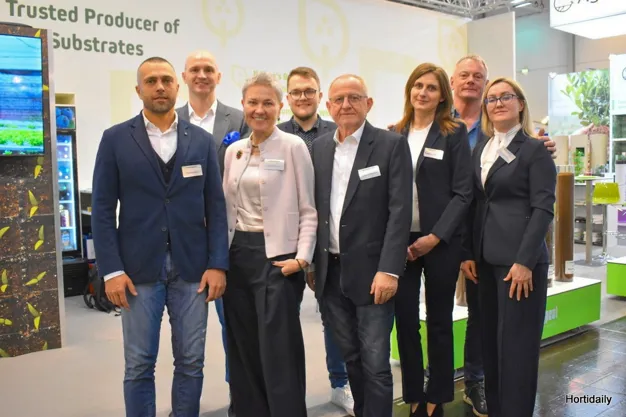
Alternatives
The societal challenge posed by reducing peat usage extends beyond environmental considerations. Alternative materials may often come at a higher cost and may result in lower crop yields, leading to increased prices for food and other plant products. "It calls for a nuanced approach that weighs the benefits of peat reduction against its impact on agricultural productivity and global food security," Rasa points out.
However, good alternatives for peat aren't widely available yet, making it quite difficult for growers to overcome this obstacle. Substrate producers are working hard to find suitable solutions that are not only effective but also financially sustainable. "Compaqpeat has proactively addressed the challenge of reducing peat usage in substrates by developing innovative solutions and adopting sustainable practices," says Rasa. "Recognizing the ecological and political pressures to minimize peat use, we have been preparing a range of peat-reduced substrates and continuously exploring alternative raw materials."
But how can you even look for alternatives when peat seems to be the only viable solution? "Firstly, we have created an extensive array of peat-reduced substrate recipes. These incorporate alternative materials like EcoFibri®, perlite, Sonurit, pine bark, coco fibers, coco peat, and others. This diversification not only reduces peat usage but also offers specific benefits in certain agricultural scenarios, enhancing the growth and yield of various crops," Rasa says. That's how Compaqpeat developed the Growflex line, which is specifically designed to help growers regardless of their growing methodology or climate conditions.
"In Europe, our Growflex products are fine-tuned to align with the region's specific horticultural practices and regulatory environment," Rasa explains. "These custom-made solutions balance ecological considerations with the practical realities of modern agriculture, and simultaneously, it takes into account the nuanced demands of the European market."
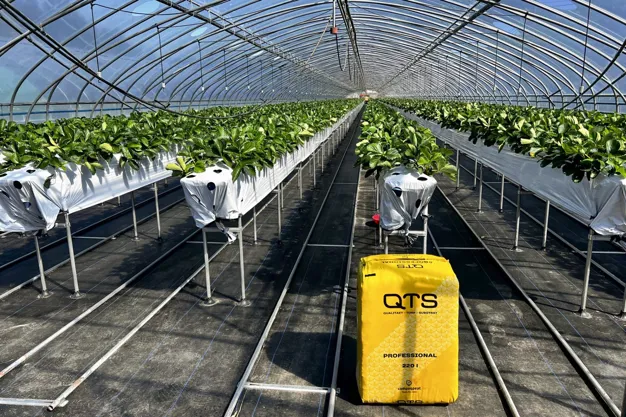
"For the USA and Canadian growers, the Growflex line addresses their region's unique requirements. The North American market's shift towards sustainable and locally sourced horticultural products. On the other hand, in South America, the different microclimates and agricultural techniques pose a unique set of challenges to growers. Our Growflex products are designed to meet these challenges head-on, offering substrates that are adaptable to the wide range of climatic conditions found across countries like Brazil, Argentina, and Chile. Overall, our global operations, which extend to over seventy countries, emphasize the versatility and adaptability of the Growflex line. Each market has its distinct cultivation practices and challenges, and our custom-made substrates are adept at meeting these diverse requirements with precision and care." Bluntly put, Compaqpeat has developed a substrate line that is location, climate, and also crop-agnostic, and accommodates any kind of growing methodology.
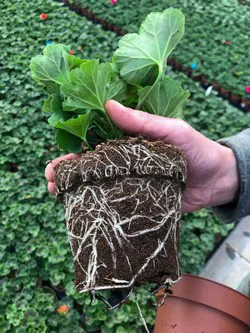
Wood fiber
The secret ingredient of the Growflex line is EcoFibri. "First of all, EcoFibri is a key component of our peat-reduced substrates and completely aligns with our environmental sustainability values," Rasa remarks. But what even is this EcoFibri? "EcoFibri is crafted from natural, renewable wood harvested from the Baltic states. It's processed into a fine wood fiber, which enhances oxygen supply in the rooting zone due to its structure, boosting air-filled pore volume. This is crucial for healthy root development and overall plant growth. Additionally, EcoFibri's strong structural integrity maintains quality post-watering, preventing anaerobic conditions and surface algae growth. On top of that, EcoFibri plays a vital role in nutrient management within substrates. It allows for tailored nitrogen levels, optimizing fertilization and ensuring efficient nutrient uptake by plants. This contributes to healthier crop growth and potentially higher yields."
At the same time, the substrate space in the industry has been plagued by quality issues and skyrocketing transportation costs. "The variability in the quality of coco coir in the market necessitates a vigilant approach from us. Given our commitment to consistently high-quality products, we take the use of coco in our substrates very seriously. This involves rigorous quality checks and careful sourcing to ensure that any coco coir used meets our high standards. The challenges with coco coir, such as variability in sodium levels, pH control issues, and the potential for mold and fungi growth, require us to be particularly diligent in our quality assurance processes. Ensuring that our substrates remain reliable and effective for our clients is a top priority," Rasa explains. "When it comes to transportation costs, we constantly explore different strategies, such as optimizing shipment routes and maximizing space optimization. Overall, we are always taking proactive measures to offset and better manage high transportation costs, which is what allows us to keep competitive pricing for our products."
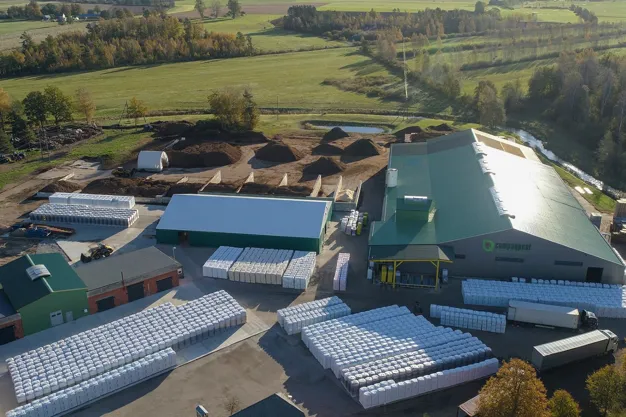
Of course, the company is still cooking up novel solutions to better address growers' challenges while at the same time, they fine-tune and sustainably streamline their processes and material outsourcing. "While Compaqpeat's recent focus has not been on launching entirely new products, our innovations have been significant in enhancing the quality, reliability, and sustainability of our existing product range. This approach ensures that we continue to meet the evolving needs of the horticultural market while maintaining high standards."
For more information: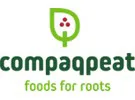
Compaqpeat SIA
"Pūces", Rucavas pag.
Rucavas nov.
LV-3477 Latvia
Tel.: +371 6 3467005
[email protected]
compaqpeat.com










